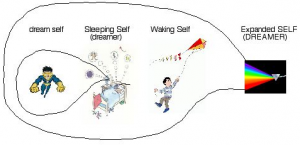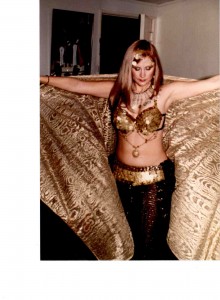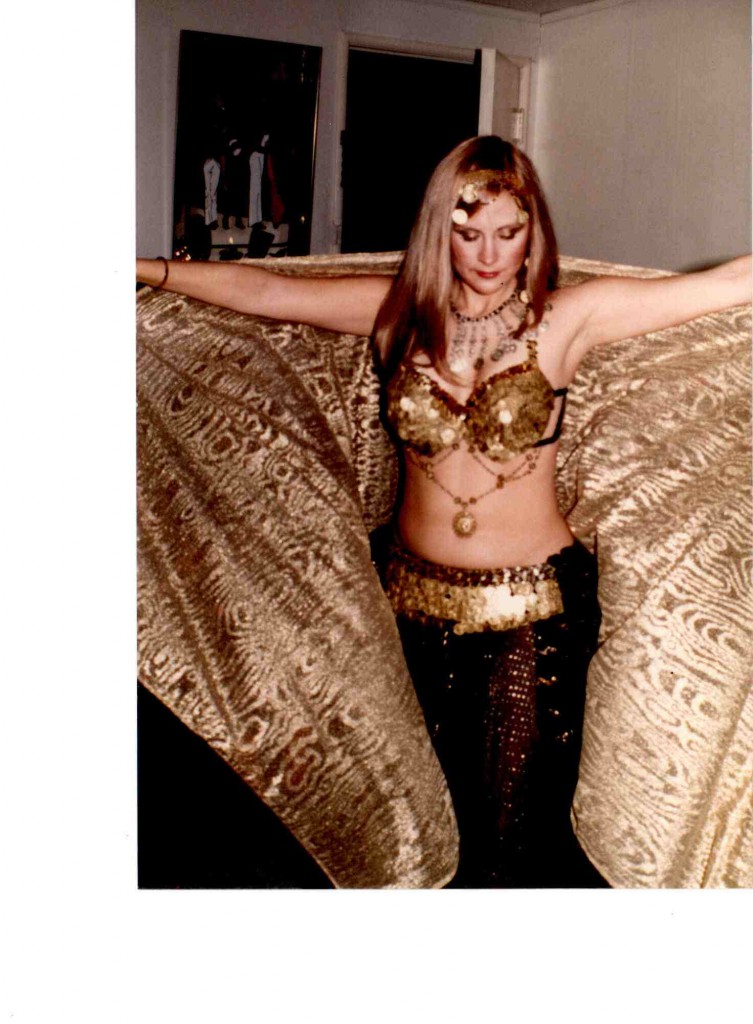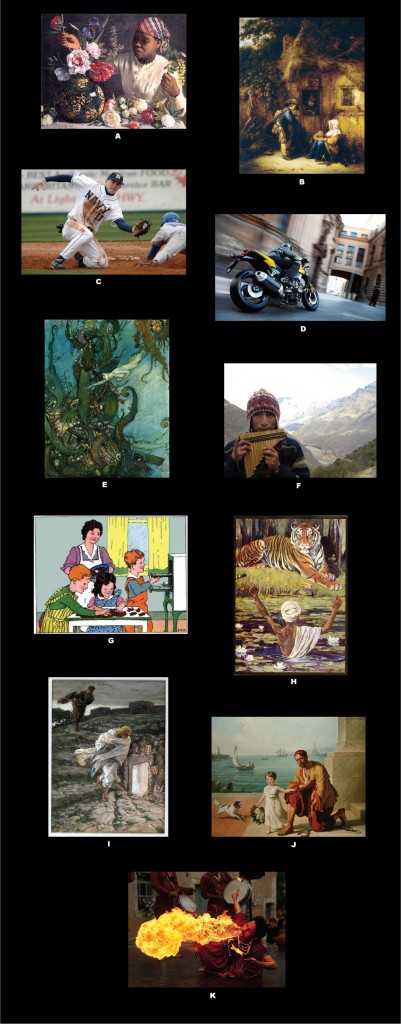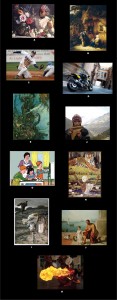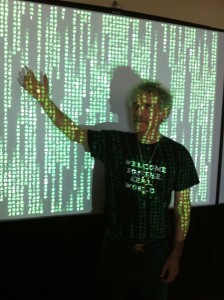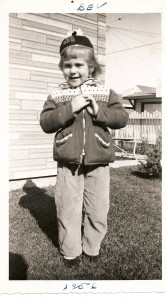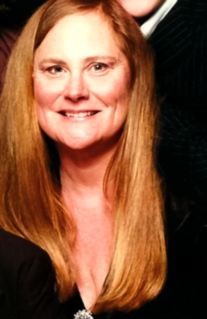Archive for the “Uncategorized” Category
Beverly’s 2012 YouTube Video
Your World Inside-Out
by Beverly (Kedzierski Heart) D’Urso, Ph.D.
Copyright 2008
Presentation for the International Association for the Study of Dreams (IASD)
PsiberDreaming Conference, September 2008
How would you compare your normal waking state to your dream state?
I like to use a simple dream example to describe how my focus on a thought can help create my experience. Suppose I watch a movie about a fire, or I actually see a fire in my waking state. Then I go to bed thinking of fire, and in one of my dreams I see fire. After waking up, and sharing my dream, someone might say, “Oh, you had ‘fire’ on your mind.” Of course, someone else might say that my dream of fire, or even my waking experience of fire, has a different, underlying meaning. I, however, do not wish to analyze dreams, but merely use them as a way to demonstrate how thoughts can become actualized in the world I experience around me. When I dream of fire, and know I am dreaming, I enjoy tasting the fire because I know that I can easily do so in a dream. Eating the fire also serves as more evidence that I am dreaming, and it tells me that I actually can’t call the fire “real.”
Can you think of a time when you focused on a thought and it seemed to appear in your dream or your life?
Although I have many non-lucid dreams and learn from them as well, my mere recognition of a dream as a dream while it occurs gives me freedom and expands the possibilities of what can happen. I experience many levels of lucidity. With a relatively high degree of lucidity, I do not feel fear when “attacked” by monsters. I can fly through walls or communicate with characters that seem to represent people who have died. [2.] I can have these experiences because I don’t see the monsters, the walls, or the “dead people” as real, solid, or true. My response to what happens comes from my inner, expanded mind, and not the brain located in my dream body’s head. My inner mind has the awareness that what it focuses upon seems to happen.
I believe that I can NOT know with absolutely certainty that I am NOT dreaming at any time [3.] When I recognize that I am dreaming in my life, or become lucid in my waking state, I call this “lucid living.” This means I also don’t think of my waking world as “true.” I see it as a type of dream as well. By “dream,” I mean an an experience of an outer world made up of characters and actions that my inner mind has helped to create.
With lucid living, I constantly ask myself if I am dreaming and question my world and my assumptions in the moment. I look for clues that I am dreaming, such as strange or impossible changes in my environment. I also look for evidence that I have focused on limiting thoughts that I originally saw as true.
If I believe that I am NOT dreaming, I often feel limited, especially when my experience seems uncomfortable or unloving. In this case, I see my world as true and unchangeable. In a sleeping dream, I might try to run away from some scary witches that seem to chase me. In a waking dream, I might feel justified in feeling hurt that my husband always seems to arrive late and therefore must not love me. If I go as far as assuming he will leave me and I will perish, I might feel very depressed. I might actually act in such a way where this scenario becomes my life, or at least my experience. Without lucidity, I might go on helping to create such painful dramas or dreams.
Have you ever felt a victim of someone else whom you believed caused you pain, and you acted in a way to extend the drama?
If I question my assumptions, especially when I do not feel positive about what I am experiencing, it can help me find new ways to respond. I have done this many times in sleeping dreams right before a head-on collision with another vehicle and in my waking state when a doctor told me something I didn’t think I wanted to hear. My fear reduced, my head cleared, and I responded in more appropriate and creative ways.
When I DO believe that I am dreaming, or in a world that represents aspects of my inner mind that I don’t see as true, I begin to experience a more expanded self. I notice that my view of how others act toward me seems to represent how I act or have acted toward them, others, or myself. I listen more carefully to what others have to say to me and perhaps change my own actions. If I do see something that I don’t like, I can still pay attention to it and fearlessly accept it as a part of myself that can teach me what I need to learn. When I really “get” the lesson, my world seems to change again, showing me on the “outside” what seems to exist “inside”
Have you ever judged someone else who has a habit similar to one you have as well?
In my “highest” levels of lucidity in sleeping lucid dreams, I no longer have a body nor an environment. I do not experience any separation, only a sense of “nirvana” that I can’t explain in words. When I have a great deal of lucidity in my waking life, I experience an expansion of myself and more fulfillment. I still seem to have a body, which has not yet flown on its own, but even small frustrations disappear quickly with lucidity. Lucidity has also seemed to help me fulfill many lifelong goals, such as finding a mate, having a child, dealing with grief, and healing my body [4.] I now attempt to focus on lucidity in every moment, whether asleep or awake. The more I experience lucidity, the more I see others experience it as well.
What do you suggest for experiencing lucidity in your life?
_______________________________________________________________________
APPENDIX
This past May 28, 2008, I became aware of an approach that seems very similar to my lucid living work. It comes from a woman named Byron Katie, the author of a book called: “Loving What Is” [5.] I have tried to word my presentation to remain consistent with her concepts, as well as my own.
Katie’s website: http://thework.com/index.asp describes her work as “a simple yet powerful process of inquiry that teaches you to identify and question thoughts that cause all the suffering in the world. In its most basic form, The Work consists of four questions and a turnaround [below] to help you to understand what’s hurting you, and to address your problems with clarity. The Work is meditation. It’s about awareness, not about trying to change your thoughts.”
[Katie’s Questions and Turnaround]
“Is it true?
Can you absolutely know that it’s true?
How do you react, what happens, when you believe that thought?
Who would you be without the thought?
Turn the concept you are questioning around. Be creative with the turnarounds. They are revelations, showing you previously unseen aspects of yourself reflected back through others.”
I know that many others, from ancient traditions to modern times, have taught this “mirroring” approach to life. I personally like A Course in Miracles [7] and the Seth work [8], as well.
Please let me know your personal favorites.
REFERENCES
1. “Lucid Dreaming/Lucid Living,” Online Publications, D’Urso, Beverly (Kedzierski Heart), 1982-2008.
http://www.durso.org/beverly/index.html
2. “Dream Speak: An Interview with Beverly (Kedzierski Heart) D’Urso: A Lucid Dreamer – Part One, Two and Three”, The Lucid Dream Exchange, Numbers 29, 30, and 31, 2003 – 2004. [Also in E.l.e.c.t.r.i.c D.r.e.a.m.s, Volume #11, Issue #7, 8, 9, 2004.]
http://www.durso.org/beverly/LDE_interview.html
3. Lucid Dreaming: A Bridge to Lucid Living, D’Urso,
Beverly (Kedzierski Heart), Ph.D., Workshop Before the International Association for the Study of Dreams (IASD) Conference 2007, Sonoma, California, June, 2007.
http://www.durso.org/beverly/IASD_Workshop_2007.html
4. “I learned to use my dreams to improve my life”, about D’Urso, Beverly (Kedzierski Heart), First for Women Magazine, Volume 8, Issue 26, June 24, 1996.
5. “Loving What Is: Four Questions that can Change your Life,” Katie, Byron, and Mitchell, Stephen, Harmony Books, New York, New York, 2002.
http://www.thework.com
7. “A Course in Miracles,” Foundation for Inner Peace, Tiburon, California, 1976.
http://www.acim.org/
8. “The Nature of Personal Reality,” Roberts, Jane, Bantam Books, New York, New York, 1974.
http://www.sethlearningcenter.org/
__________________________________________________
Dr. Beverly (Kedzierski Heart) D’Urso, an “extraordinary” lucid dreamer all her life, originally worked with Dr. Stephen LaBerge at Stanford. Numerous major magazines, such as LIFE, Smithsonian, and OMNI, television specials, books, and radio talk shows have featured her life and her dreams. Using her practical philosophy called lucid living, she has taught her own workshops and presented at conferences for decades. Working with Stanford University Professors, she completed her Masters degree in 1980, involving Cognitive Psychology, and her Ph.D. in 1983, focussing on Artificial Intelligence. Prior to working as a researcher, consultant, and a college professor, she created several startup companies. Dr. D’Urso has over fifty publications and has won several awards, often placing well in IASD dream contests.
